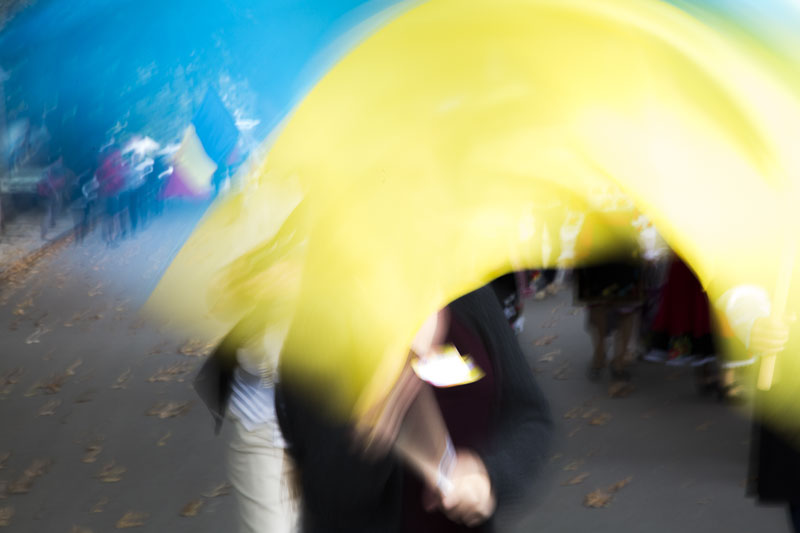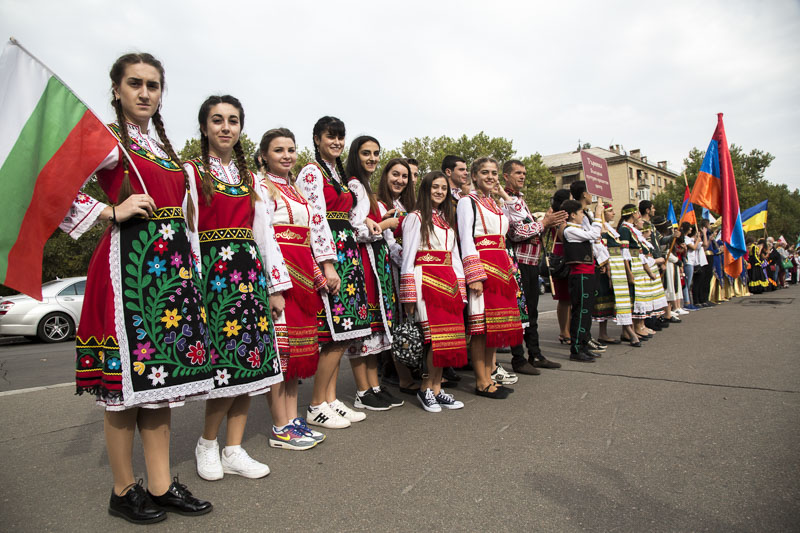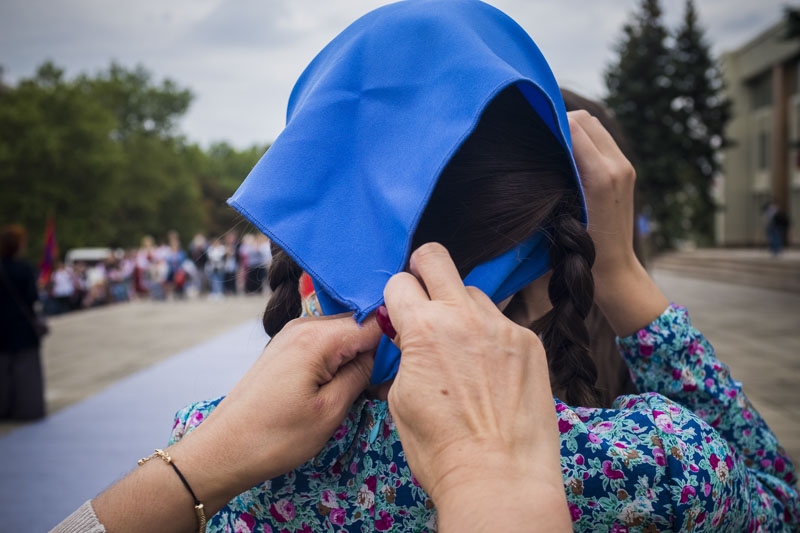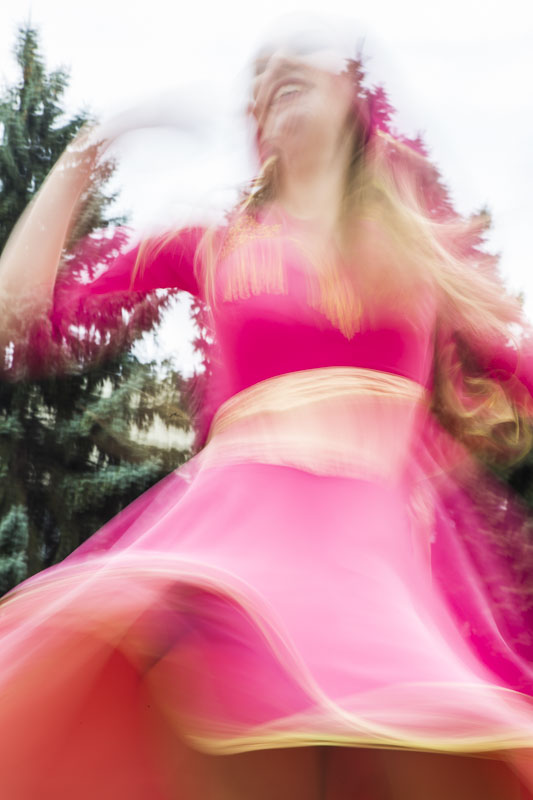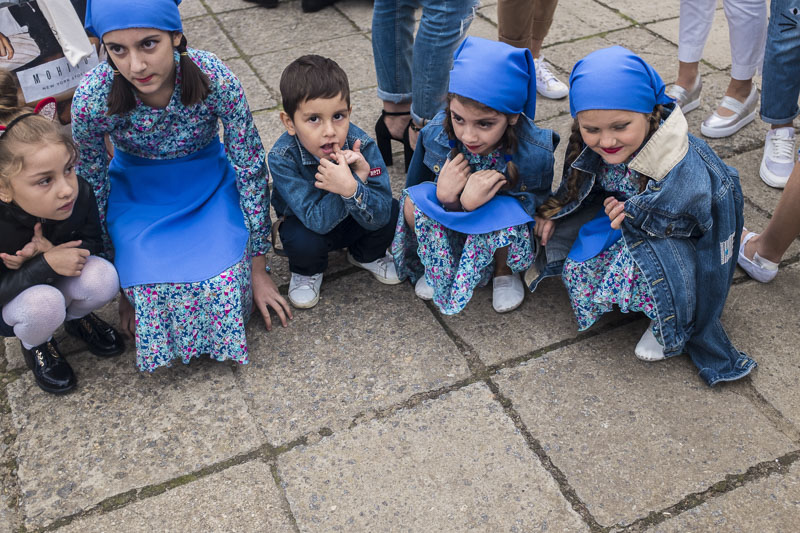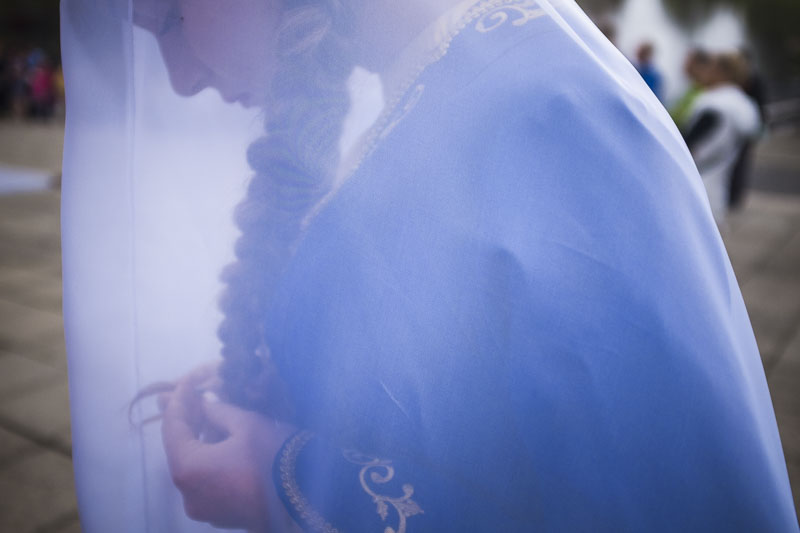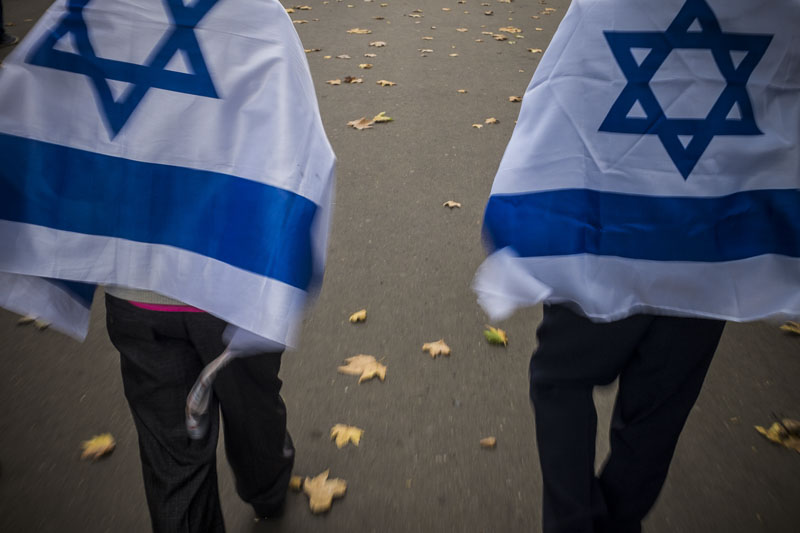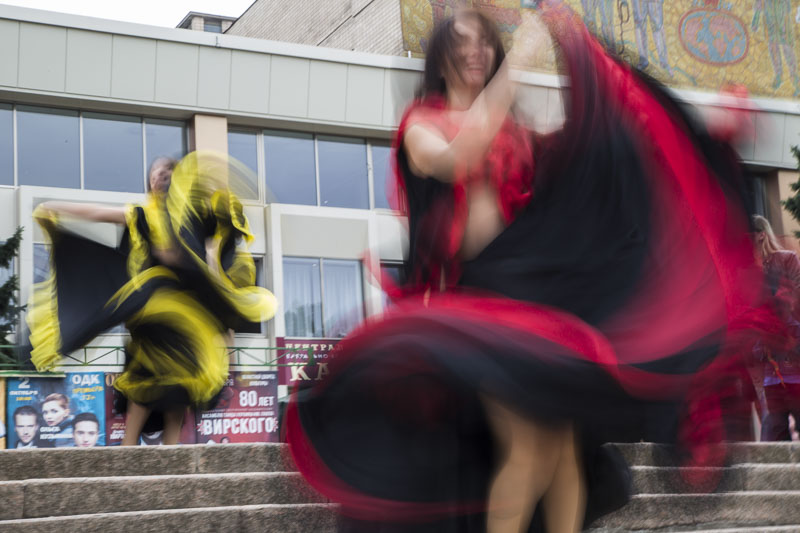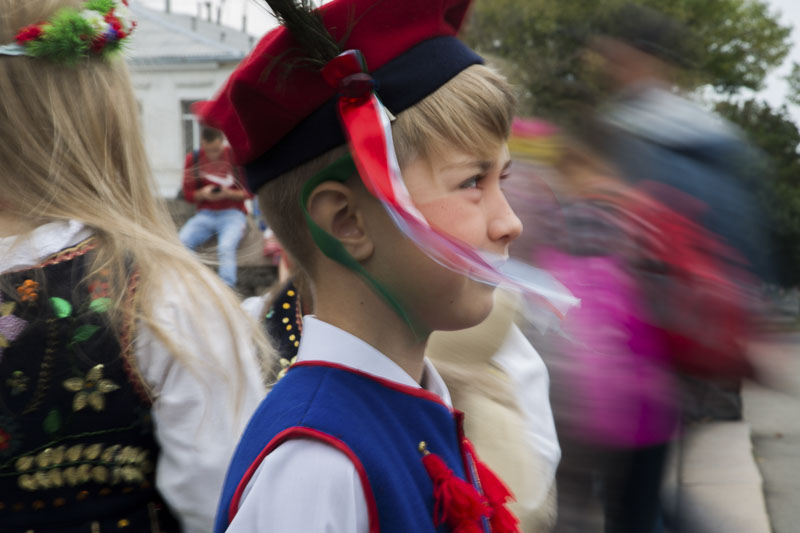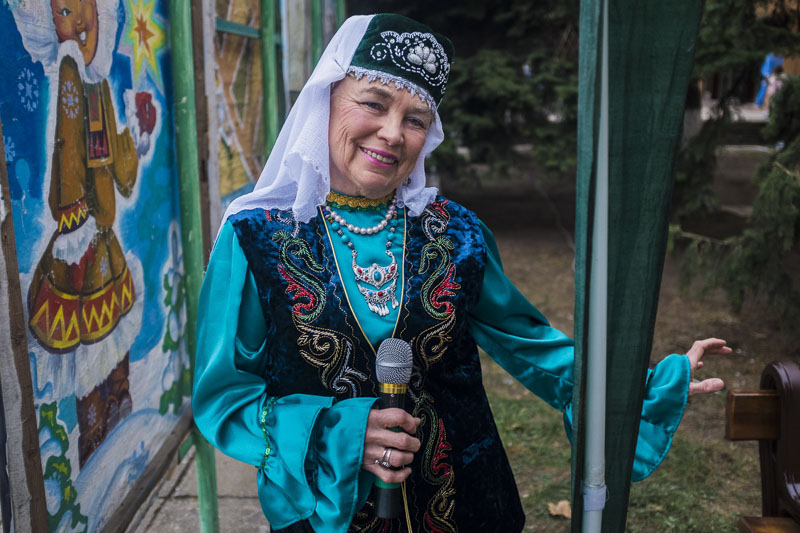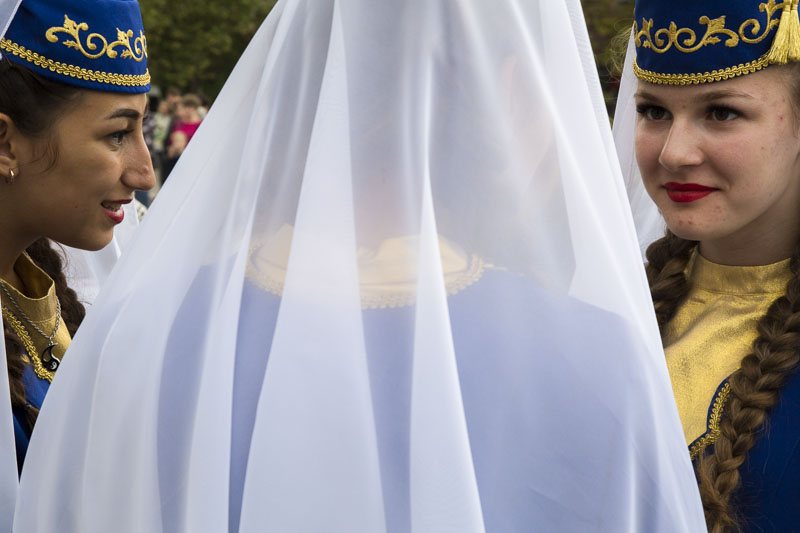Gabriela Bulisova and Mark Isaac
Gabriela Bulisova and Mark Isaac
Following a whirlwind of activity in Kyiv, we took the night train to our new home in Southern Ukraine: Mykolaiv. Mykolaiv was named by its founder, Prince Grigory Potemkin, in honor of St. Nicholas, on whose day he won a significant military victory. The city is at the confluence of two major rivers, the Southern Bug and the Ingul. After they join, they flow to an estuary where they meet the Dnieper and then the Black Sea. For years, Mykolaiv was one of the most significant shipbuilding cities in the entire region, and because of its contributions to the military might of the Tsars and the Soviet Union, it was a closed, secret city. People from other parts of the Soviet Union were not permitted to visit the city, and if people from Mykolaiv wanted to visit relatives from other places, they needed to leave the city and meet them somewhere else. In the post-Soviet era, the three major shipbuilding centers in Mykolaiv are all closed, and the city is now open to all, though few tourists venture here.
Here in Mykolaiv, we are working closely with our affiliate institution, Petro Mohyla Black Sea National University, including the Dean of the Philology Department, Professor Oleksandr Pronkevych, a noted Cervantes scholar, and other faculty and students to create two projects. First, we are focusing on the reasons why people of so many ethnic backgrounds have been able to live together peacefully in Mykolayiv for many generations. Second, we are creating a documentary on the relationship of the people of Mykolaiv and the surrounding region to the water that is such an important part of their lives.
On the first full weekend we spent in Mykolayiv, a new friend alerted us to the planned Druzhba, or Friendship, Festival. We packed our cameras and started walking to the location to check it out. As we turned onto the main pedestrian street, formerly Sovietskaya and now Soborna Street, we were surprised to see a colorful parade of diverse nationalities marching together. We followed them to the Cultural Palace, where a program of dancing, singing, and ethnic food unfolded. Although the city is dominated by people of Ukrainian and Russian heritage, there are dozens of different ethnic groups living here, and many of them participated in the Festival. In our first sketchbook from Ukraine, here are some very colorful and proud moments from this demonstration of cultural friendship.

